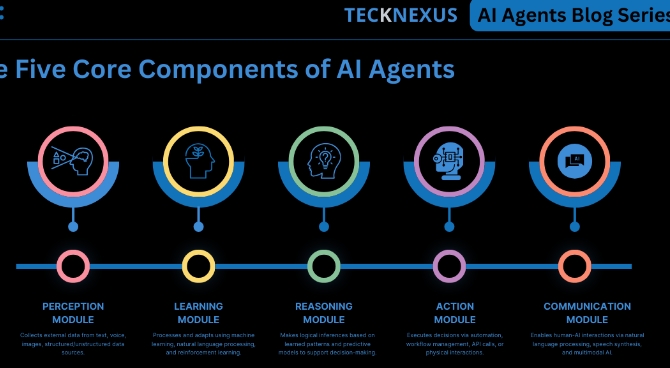Elements of AI: Understanding the Building Blocks of Artificial Intelligence
Artificial Intelligence (AI) is no longer just a concept in science fiction; it’s a transformative force impacting our daily lives, from healthcare to finance. Understanding its fundamental elements can empower individuals and organizations to harness its potential effectively. In this article, we’ll explore the core components of AI, illustrating their significance in a rapidly evolving technological landscape.
Machine Learning: The Heart of AI
One of the foundational elements of AI is machine learning, which allows systems to learn from data and improve over time without explicit programming. Machine learning algorithms analyze vast amounts of information, identifying patterns and making predictions. This capability is fundamental in applications ranging from recommendation systems on your favorite streaming platforms to advanced diagnostics in healthcare. As data continues to grow exponentially, machine learning’s role in interpreting that data becomes increasingly vital.
Natural Language Processing: Bridging Communication Gaps
Natural Language Processing (NLP) is another critical component of AI, enabling machines to understand and interact with human language. This technology has made significant strides in recent years, powering virtual assistants like Siri and chatbots used in customer service. NLP involves parsing text, understanding context, and responding appropriately, making communication with machines more intuitive. As businesses seek to enhance customer experiences, NLP will play a crucial role in facilitating smooth, meaningful interactions between humans and machines.
Computer Vision: Seeing the World as We Do
Computer vision is the element of AI that allows machines to interpret and respond to visual information from the world. By mimicking how humans use their eyes and brains, computer vision helps AI systems recognize and process images, enabling applications such as facial recognition and autonomous vehicles. This technology has enormous implications, from security enhancements to improving accessibility for visually impaired individuals. As the technology matures, we can expect even broader applications that will change how we engage with our surroundings.
Conclusion
As AI continues to evolve, understanding its fundamental elements becomes increasingly relevant. By familiarizing ourselves with machine learning, natural language processing, and computer vision, we position ourselves to leverage these technologies effectively in various fields. Whether you’re a professional seeking to enhance your skills or someone curious about the future of technology, there’s always more to discover. Dive deeper into the world of AI and see how you can be part of this exciting revolution!

